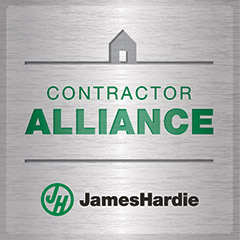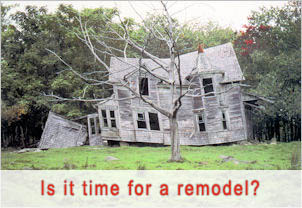
Have you been thinking of opening up your roof to let in more light and cut down on your daytime electricity usage? Your local skylight contractors have two key options for you: skylights and solar tubes. If you haven’t thought about either of these options before, your contractor can walk you through both and their respective models.
Both choices are great for increasing your home’s access to natural light, but one might be a better fit for your needs. First, it’s good to get an overview of each option and what they can offer.
What are skylights?
Skylights are sometimes called roof windows because they seem to be glass openings in the roof. But instead of opening your home to a view of the outdoors, it allows the sky to fill your home with sunlight and moonlight. Skylights come in different sizes and shapes, from squares to rectangles to single panels to rows. Contractors can install them with tinted glass, retractable shades, remote-controlled venting, and frame them with wood, metal, or vinyl depending on the roof structure and rafter allowance.
Skylights can cost around $2,000 for installation, and are more costly than solar tubes because they require more installation. They also need wiring installed for remote-controlled venting and retractable shades, and usually need a lot more interior finishing to blend it in with the home interior. Contractors will have to work within your roof to make sure the structural integrity won’t be compromised. In trickier cases, contractors will work around the beams and use specific frames to accommodate the roof slope.
The best places to install skylights in your home include living rooms, dining rooms, master bedrooms, kitchens, and other large spaces where people can enjoy the view of the sky above their heads.
What are solar tubes?
Solar tubes have flexible/rigid sheet tunnels attached to domes that carry sunlight into the home. At the bottom of the tunnel is a porthole that diffuses light through the room. Their diameters begin at 10 inches and can fit into small closets and bathrooms.
Generally, solar tubes are easier to install than skylights and cost less, at an average of $700. They’re more energy efficient because they diffuse light while blocking UV rays at the exterior dome. Solar tubes are ideal for homes in hot areas, as they provide more natural light than skylights but without substantial heat gain. Conversely, skylights can warm homes up in cooler environments.
Solar tubes are commonly installed in areas with little access to sunlight, such as enclosed stairwells, hallways on the bottom floor of a multi-story residence, bathrooms, and walk-in closets.
Should you install a skylight or solar tube?
It’s good to get a professional opinion before you decide on one or the other—or both. Generally, if you prioritize light over views, you’ll probably be most interested in a solar tube. If you want a view of the sky as it shifts throughout the day, go with a skylight. Skylights are also better if they’re on a roof that sees a lot of direct sunlight, and if you want to brighten your remote workdays with an enjoyable view.
Mares & Dow — Skylight Contractors for Bay Area Homes
Contact the skylight contractors at Mares & Dow Construction and Skylights today to learn about the latest skylight or solar tube models. We’ll help you understand the similarities and differences, then help you determine the best fit for your home or office. With over 40 years of experience, we offer the best in residential and commercial skylight installation.





 based on
based on 

